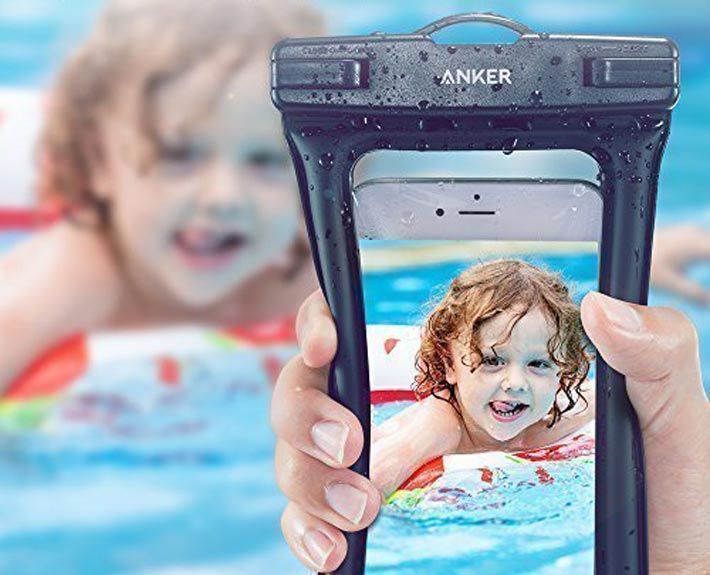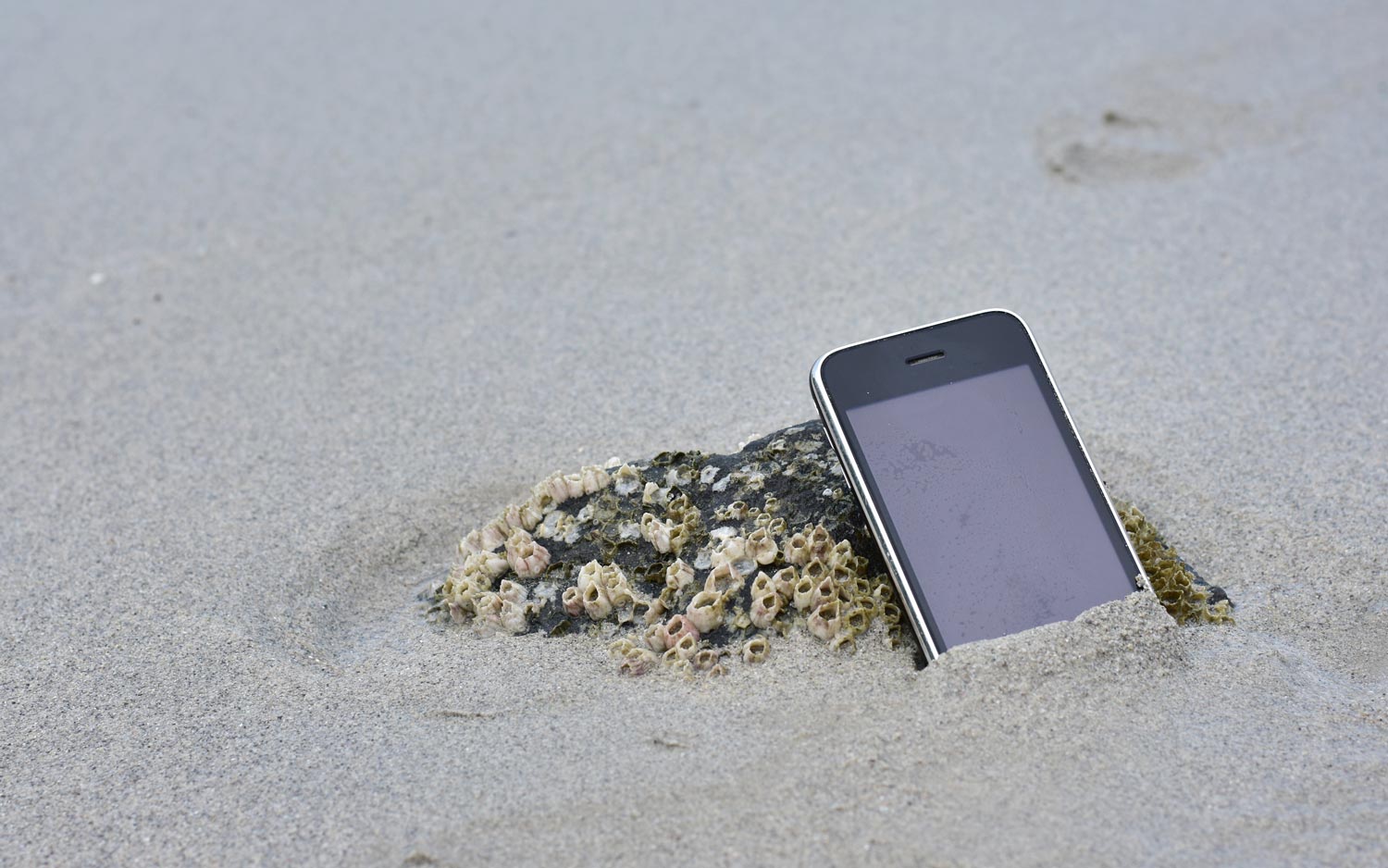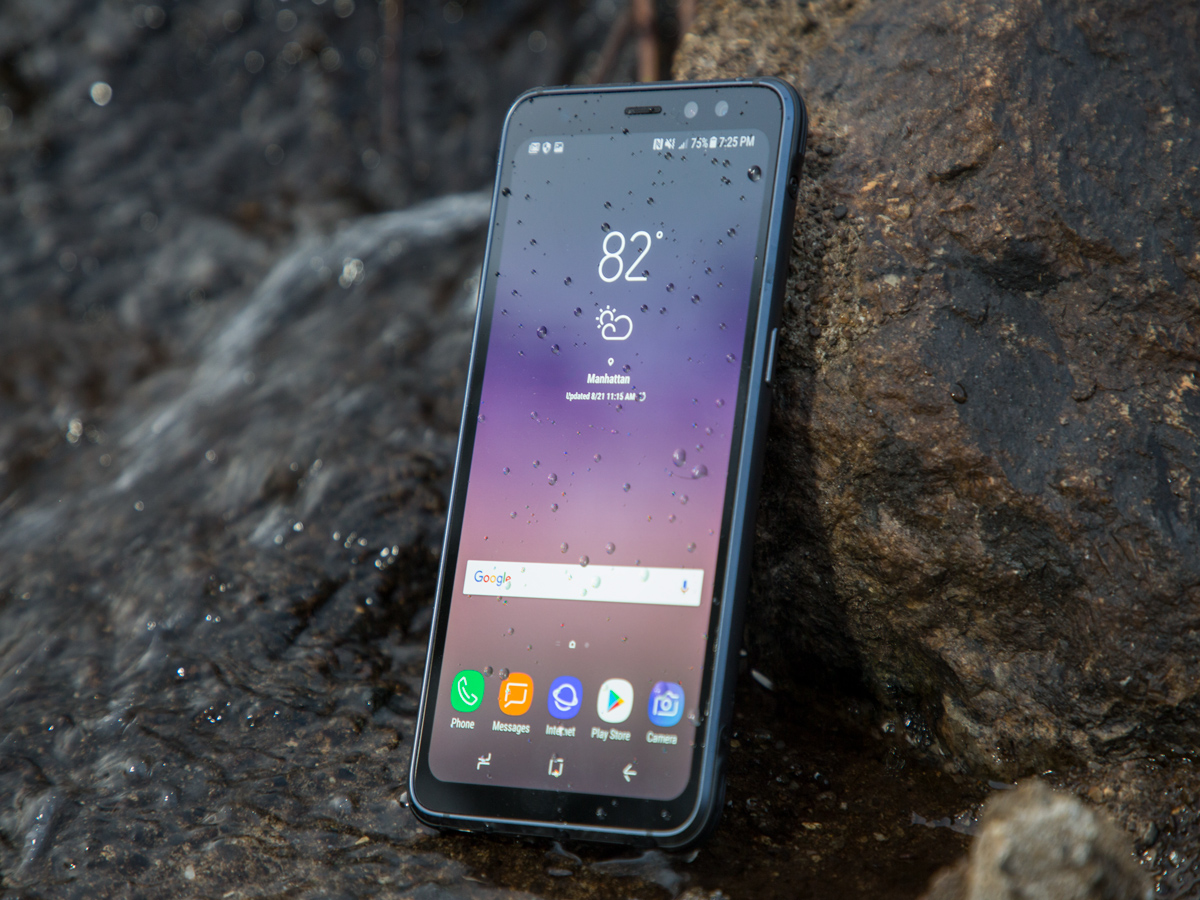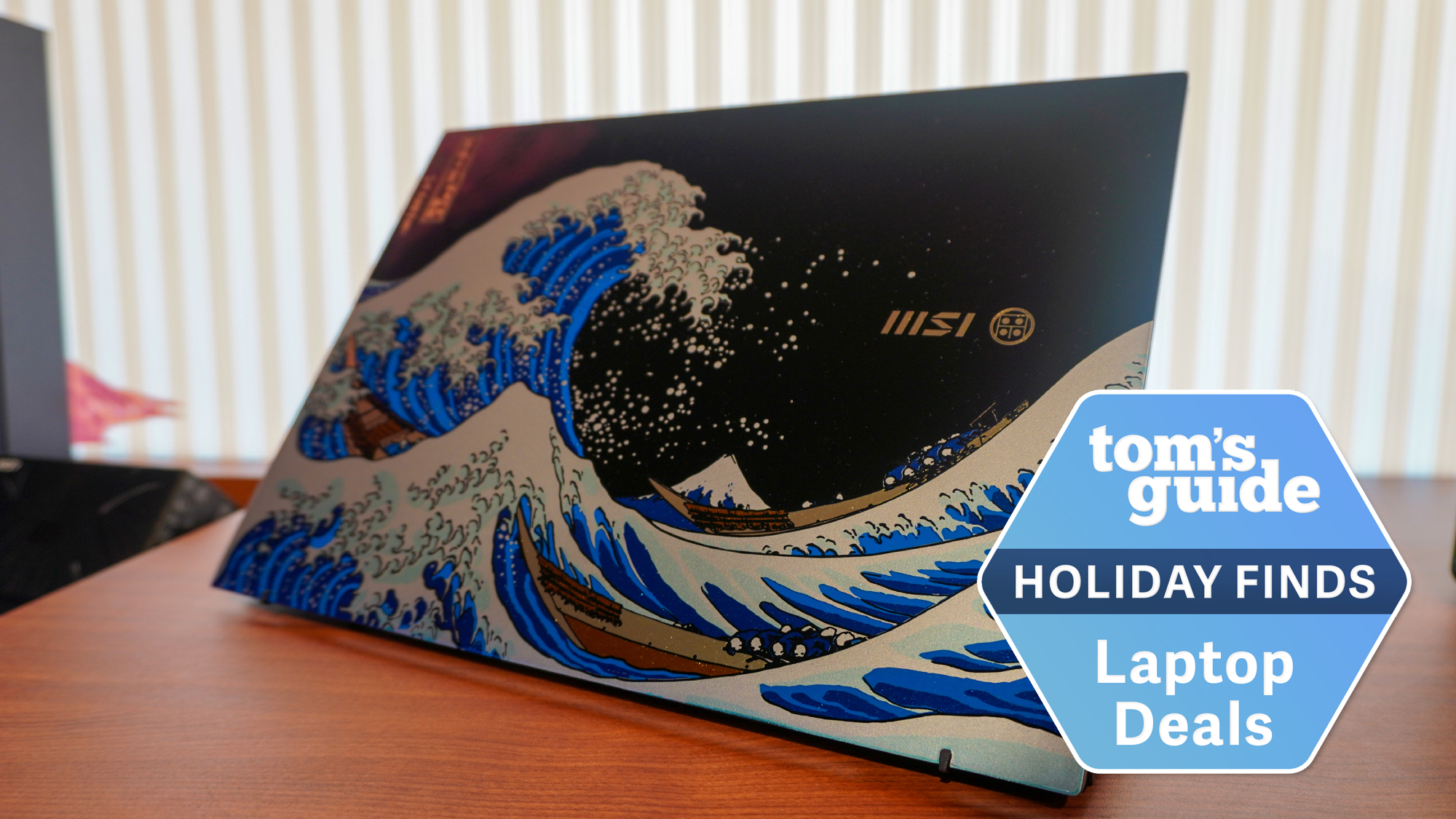Want to Beach-Proof Your Phone? Follow These Tips
Here are the best tips for keeping your phone safe at the beach, from the right cases to use to what to do if your device goes for a swim.
You may be ready for summer. But is your smartphone? This is the time of year for adventure, and there's no easier way to capture those moments than with the phone in your pocket. But that's going to be difficult if your device is knocked out of commission by sand or surf at the very moment inspiration strikes.

It doesn't matter what phone you own or how durable the manufacturer claims it is: A vigorous swim or a fall at the wrong angle could destroy it. Trips to the beach can be particularly damaging — not only due to water, but sand as well, which can easily clog ports and effortlessly scrape Gorilla Glass and aluminum.
With that in mind, we've put together a guide to help you prepare your phone for a day at the beach, so that it survives the trip and lives to vacation again.
Preparing for the beach
The most obvious and best thing you can do to protect your phone is to make sure there's a barrier between it and the outside world.
There are a couple different ways to go about this. In lieu of a dedicated case or pouch, a Ziploc bag can be fine in a pinch. But these can obviously open and tear relatively easily, so only consider them an option if you have nothing else around and need to improvise.

Many companies make clear watertight pouches that seal shut, but still allow you to use your phone. They're cheap at retailers like Amazon (this Anker one is just $10) and typically one-size-fits-all. They're easy to use, too: Simply toss your phone in, close it up and hit the sun. Some of them even function as flotation devices for your phone in the water.
Get instant access to breaking news, the hottest reviews, great deals and helpful tips.
MORE: Best Waterproof and Water-Resistant Phones
If you want a better line of defense, it might be wise to invest in a case that can withstand more abuse. Otterbox and Lifeproof are two bands with reputations for producing sturdy cases. Otterbox's Defender is relatively cheap (between $25 and $45, depending on the phone model), and features a door for the charging port and a clear touch-screen cover. However, the Defender line typically leaves the camera exposed, and it doesn't add any water resistance. Lifeproof's more expensive Fre case is better sealed against the elements, but doesn't have the same level of drop protection. Depending on your needs, one might be a better choice than the other.

Ultimately, no matter what type of case or pouch you use, it's best to keep your phone out of areas where it might encounter water and sand, like a bag that you're constantly pulling things out of and putting things into. And never leave your phone in direct sunlight for prolonged periods. The device could overheat, which will limit functionality.
Overheated phones will charge more slowly or not at all, and exhibit slower performance and data speeds. Some devices, like iPhones, are even programmed to shut off their displays until they cool down sufficiently.
Rescuing your phone
No matter how much you prepare, mistakes can happen. And when they do, it's best to know the limitations of your device, and what steps you can take to get it back up and running again.
First, a discussion about water resistance: No phone is truly waterproof — they just offer different levels of resistance. And even in the event that water damages your water-resistant phone, the manufacturer's standard warranty won't cover it.
Devices that offer water resistance are usually either rated IP67 or IP68, and these numbers denote different levels of protection. A phone with an IP67 rating, like newer iPhones and the Google Pixel 2, is certified to withstand 30 minutes of submersion at a maximum depth of 1 meter, or 3.3 feet. IP68 phones, which include the Samsung Galaxy S9 and the Galaxy S8 Active, can go a little bit deeper, with a maximum depth of 1.5 meters, or 5 feet, for the same amount of time. Also note that these ratings apply to fresh water — salt water is trickier, because it can corrode components more easily.

Those limitations mean there are times when your phone's IP rating won't be enough, and so you might want to invest in something like a Lifeproof case to be ready for the unexpected dunk. There's also a class of more durable handsets — ranging from the aforementioned S8 Active to CAT's line of tough phones — that aren't necessarily more water resistant, but feature bolstered designs that can withstand shock, dramatic temperature changes and more, and adhere to military-spec guidelines.
We reached out to Apple and Samsung for their recommendations when your phone goes for an impromptu dive. Both stressed the importance of wiping down the device with a clean, dry and soft cloth as quickly as possible, paying special attention to patting areas of ingress, like the earpiece and headphone jack.
Apple suggests tapping a waterlogged iPhone "gently against your hand with the Lightning connector facing down" to remove moisture. It's recommended that you leave your iPhone against or near a fan to expedite the drying process. Moreover, the company says not to charge a wet iPhone for at least 5 hours after it's gone into the drink.
MORE: Best Smartphones on the Market Now
Samsung's tip for saltwater exposure sounds counter-intuitive, though it makes sense. For water-resistant devices, like the Galaxy S9, S9+and S8 Active, the company suggests rinsing phones in fresh water to push all the salt out before drying."Otherwise, when it dries, salt may accumulate and block the primary microphone, earpiece and external speaker," a Samsung representative told us.
These tips won't save your phone in every instance, though they're handy to remember before you take to the beach. More important, they give you the peace of mind to concentrate on swimming, sunbathing, having a cookout or whatever summertime activities await you.
Adam Ismail is a staff writer at Jalopnik and previously worked on Tom's Guide covering smartphones, car tech and gaming. His love for all things mobile began with the original Motorola Droid; since then he’s owned a variety of Android and iOS-powered handsets, refusing to stay loyal to one platform. His work has also appeared on Digital Trends and GTPlanet. When he’s not fiddling with the latest devices, he’s at an indie pop show, recording a podcast or playing Sega Dreamcast.
